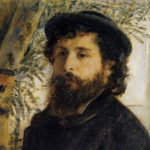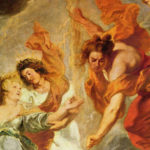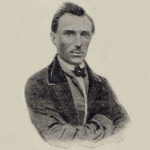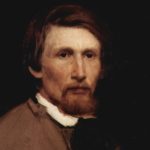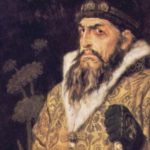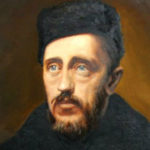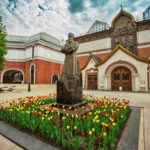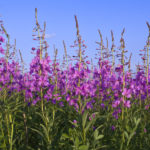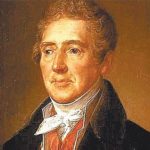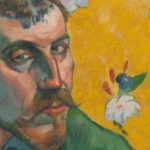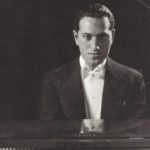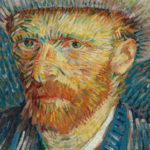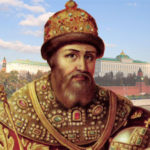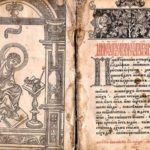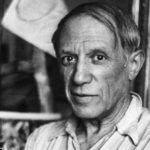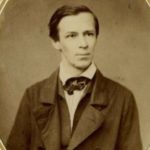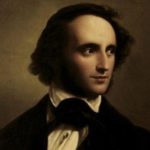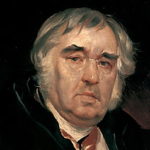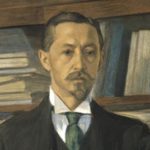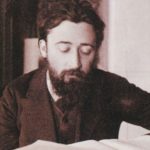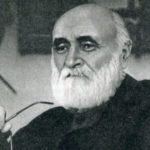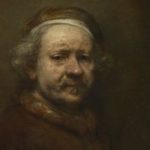Facts from the life of Ivan Aivazovsky
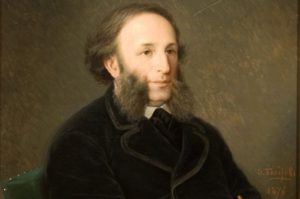 The world-famous painter Ivan Aivazovsky became perhaps the most famous artist in the world. His ability to notice the smallest details in combination with amazing talent and skillful hands allowed him to transfer so realistic pictures to the canvas that it seems that they are about to come alive. It is not surprising that during his lifetime he achieved recognition not only in Russia, but also in other countries.
The world-famous painter Ivan Aivazovsky became perhaps the most famous artist in the world. His ability to notice the smallest details in combination with amazing talent and skillful hands allowed him to transfer so realistic pictures to the canvas that it seems that they are about to come alive. It is not surprising that during his lifetime he achieved recognition not only in Russia, but also in other countries.
The artist has Armenian roots, and at birth his name was Hovhannes Ayvazyan.
His penchant for drawing was found in his childhood.
Ivan Aivazovsky had an excellent musical talent. Even in his youth, he learned to play the violin.
During his studies with the French artist Philip Tanner, the novice painter was forbidden to paint himself. However, he broke the ban and presented at the exhibition in St. Petersburg five of his paintings. Mentor complained to him to Emperor Nicholas I, and the pictures were removed. Forgiven Aivazovsky only six months later, but another person became his mentor.
The painter’s brother, Gabriel Aivazovsky, was the archbishop and an eminent historian.
Ivan Aivazovsky was an honorary member in six cities from six different countries – St. Petersburg, Paris, Rome, Amsterdam, Stuttgart, Florence.
The artist painted all his famous seascapes in his studio, and not “from nature”.
Graduated from the Academy of Arts with a gold medal, Aivazovsky was at public expense sent on a journey that lasted six years. He visited Italy, France, Holland, Spain, Portugal and Switzerland (see interesting facts about Switzerland).
Aivazovsky did not like to read. He was friendly with Pushkin, although he was not even familiar with his work.
Almost all his life the artist lived in the Crimea. His first wife left him because of his desire to live in the provinces, and not in Petersburg. The second time he married a girl 40 years younger than him.
Ivan Aivazovsky donated a lot of money to the beautification of Feodosia, his hometown. With his money, an art school, a museum, a gallery and a concert hall were built here. There is also a water supply system here and the port was significantly expanded.
When in the 80s of the 19th century a terrible drought hit the city, Aivazovsky laid pipes to the city from a mineral spring belonging to him. Everyone could get water for free, and the source gave about 50 thousand buckets per day.
Once in Venice, Aivazovsky wrote a picture for the local owner of the sausage factory for the sausage. A barter offer came from a Venetian.
While waiting for the guests, the painter removed the labels from the bottles and replaced them with his own, which he himself drew. New labels portrayed the sea.
Envious persons often accused Aivazovsky of dishonest receptions, and he, in order to dispel public doubts, repeatedly organized public painting sessions, striking those present with the speed and clarity of his work.
Fame brought him amazing seascapes, which he portrayed with amazing talent. However, the artist drew a variety of subjects – and the steppe, and mountains, and episodes from the Bible.
During the life of Ivan Aivazovsky wrote more than 6000 paintings.
The brightness of his colors and the “liveliness” of the pictures amazed critics. More than once it has been suggested that he uses some kind of “special” paint. The painter himself only laughed, knowing that it was all about talent, not colors.
The house of Aivazovsky, located in Feodosia, on the seashore, was built according to his own design.
The Pope was so impressed with his painting “Chaos. Creation of the World ”, that he wanted to buy a painting, but the artist did not take the money, but simply presented the painting to him.
Aivazovsky was fond of history and archeology, and he himself took part in excavations and archaeological research many times.
Sometimes he painted portraits, but only portraits of his friends and loved ones.
For his contribution to culture, the emperor granted the painter a noble title for life.
It was Aivazovsky who became the first Russian artist whose paintings were exhibited in the French Louvre.
Because of its popularity in Europe, forgeries were often sold, written by other artists, but issued as works by Aivazovsky.

